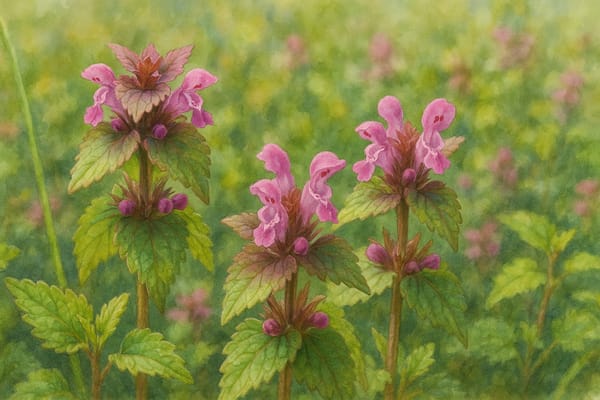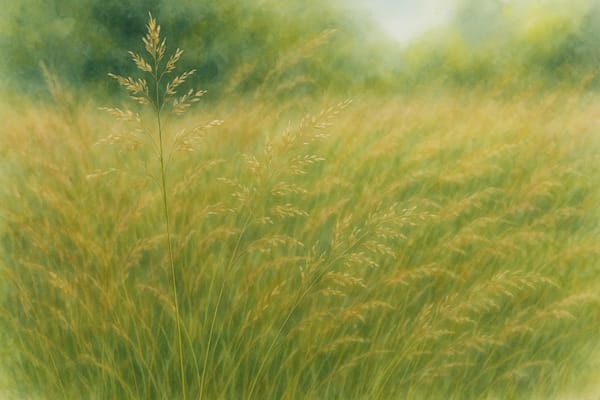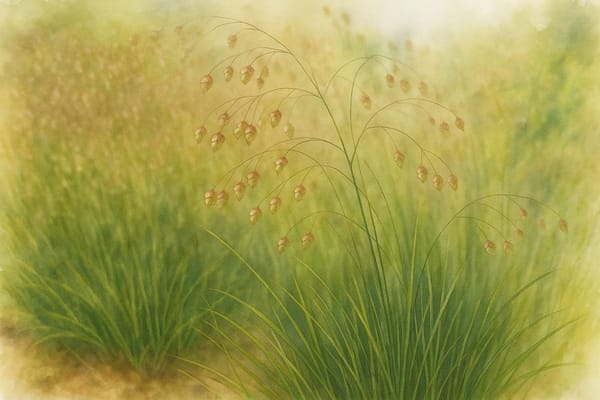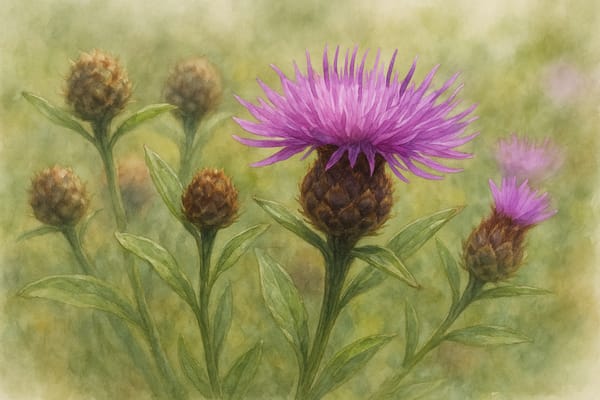A Tenacious Bloom of Folklore and Ecological Insight
Historical and Cultural Significance
With its heart-shaped leaves and soft magenta blooms, Red Dead-nettle has been part of Britain’s landscape and folk memory for centuries. First documented in the Middle English period before 1425, this humble plant is a frequent companion in Cornwall’s fields, hedgerows, and coastal edges.
Folklore & Healing Traditions
Used in folk medicine for wounds, rashes, and teas to "lift the spirits," red dead-nettle was also woven into love spells and charms thought to encourage happiness and emotional resilience. While gentler than true nettles, it was valued as a symbol of protection and renewal.
A Flower of Resilience
Its knack for thriving in disturbed ground and poor soils gave rise to its status as a symbol of tenacity. Appearing early in the year, it was seen as a messenger of hope and vitality, enduring cold weather and rough conditions with ease.
A Wild Emblem in Cornwall
Though not exclusive to Cornish lore, red dead-nettle forms part of the region’s living wild flora, painting field edges and coastal paths with its early colour. Its cheerful blooms and quiet strength reflect the spirit of Cornwall’s land: hardy, beautiful, and often overlooked.
Growing Red Dead-nettle in Coastal Gardens
Red dead-nettle is an adaptable and wildlife-friendly addition to gardens near the sea, thriving in sun or dappled shade and providing valuable early nectar.
| Requirement | Details |
|---|
| Light | Partial shade to full sun |
| Soil | Well-drained, sandy or rich organic soil |
| Water | Keep evenly moist; drought-tolerant once established |
| Salt Tolerance | Moderate; suited to exposed, breezy sites |
| Hardiness | Hardy in UK climates; tolerates wind and poor soils |
Care Tips for Coastal Settings
- Site & Sowing:
Sow in early spring directly onto the soil or in trays. Space 12–18 inches apart in borders, gravel paths, or wild edges. It naturalises well and self-seeds generously. - Water & Feeding:
Keep moist but not soggy. Water at the base to avoid mildew. Use minimal fertilizer—too much can lead to leafiness and fewer flowers. - Maintenance:
Deadhead to control spread or encourage fresh blooms. Red dead-nettle is generally low-maintenance, but thrives with occasional pruning and tidying. - Disease Watch:
In humid spots, check for powdery mildew. Avoid overhead watering and ensure airflow to keep the plant disease-free.
Ecological Indicator and Garden Ally
Beyond its beauty, red dead-nettle plays a subtle but powerful role in reading the health of your garden and landscape.
| Red Dead-nettle Appearance | What It May Signal |
|---|
| Dominant in disturbed ground | Recent activity, erosion, or construction |
| Spread in rich soils | Nutrient runoff or fertiliser build-up |
| Replacing native flora | Loss of traditional grazing or low-nutrient habitats |
| Present in wildflower zones | Ecological resilience, pollinator support |
Special Notes for the Coastal Garden
- Pollinator Boost:
One of the first food sources for bees in late winter and spring—essential for coastal biodiversity. - Groundcover Use:
Helps stabilize sandy or eroding soils. Useful in naturalised plantings and wild edges near the sea. - Contain with Care:
If you wish to prevent spread, remove seed heads before they drop and avoid planting in nutrient-rich areas where it may outcompete rarer species.
Summary
Red dead-nettle brings together centuries of folk use, ecological importance, and garden value. A modest plant with a powerful presence, it offers colour, care, and quiet insight—especially in coastal gardens where resilience is prized and wild stories bloom in the cracks.











